Michal Rolinski
A Time Series Approach to Parkinson's Disease Classification from EEG
Jan 20, 2023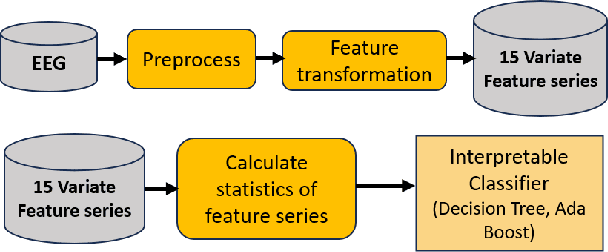

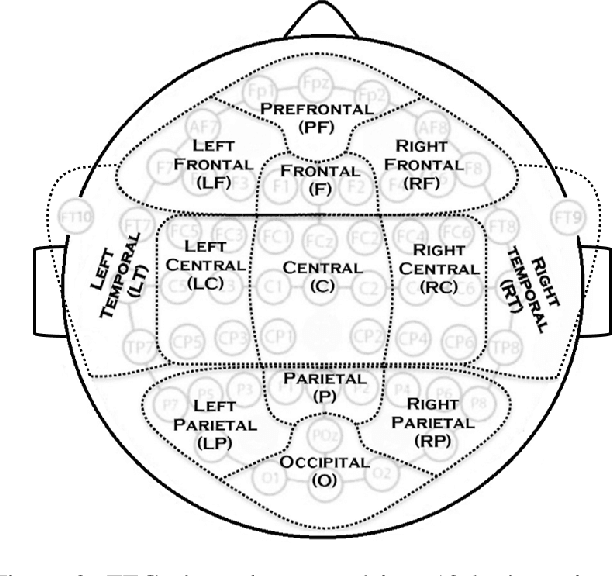
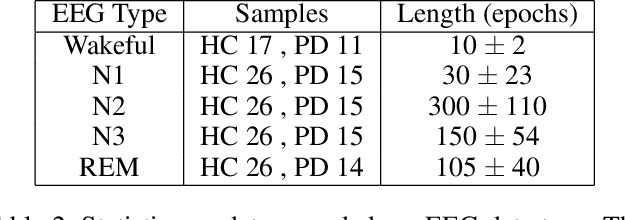
Abstract:Firstly, we present a novel representation for EEG data, a 7-variate series of band power coefficients, which enables the use of (previously inaccessible) time series classification methods. Specifically, we implement the multi-resolution representation-based time series classification method MrSQL. This is deployed on a challenging early-stage Parkinson's dataset that includes wakeful and sleep EEG. Initial results are promising with over 90% accuracy achieved on all EEG data types used. Secondly, we present a framework that enables high-importance data types and brain regions for classification to be identified. Using our framework, we find that, across different EEG data types, it is the Prefrontal brain region that has the most predictive power for the presence of Parkinson's Disease. This outperformance was statistically significant versus ten of the twelve other brain regions (not significant versus adjacent Left Frontal and Right Frontal regions). The Prefrontal region of the brain is important for higher-order cognitive processes and our results align with studies that have shown neural dysfunction in the prefrontal cortex in Parkinson's Disease.
Exploring Motion Boundaries in an End-to-End Network for Vision-based Parkinson's Severity Assessment
Dec 24, 2020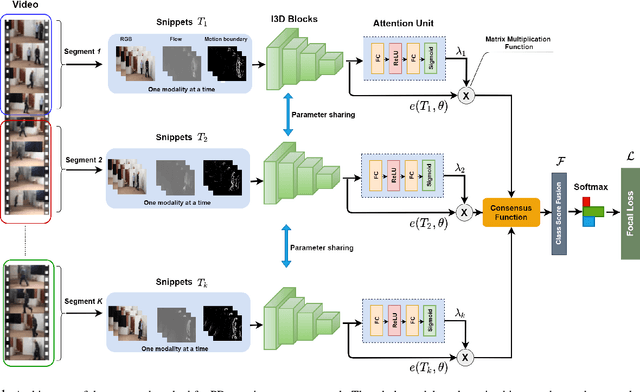

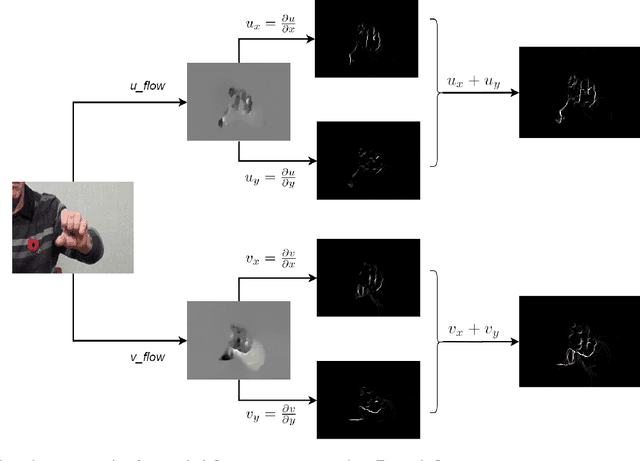

Abstract:Evaluating neurological disorders such as Parkinson's disease (PD) is a challenging task that requires the assessment of several motor and non-motor functions. In this paper, we present an end-to-end deep learning framework to measure PD severity in two important components, hand movement and gait, of the Unified Parkinson's Disease Rating Scale (UPDRS). Our method leverages on an Inflated 3D CNN trained by a temporal segment framework to learn spatial and long temporal structure in video data. We also deploy a temporal attention mechanism to boost the performance of our model. Further, motion boundaries are explored as an extra input modality to assist in obfuscating the effects of camera motion for better movement assessment. We ablate the effects of different data modalities on the accuracy of the proposed network and compare with other popular architectures. We evaluate our proposed method on a dataset of 25 PD patients, obtaining 72.3% and 77.1% top-1 accuracy on hand movement and gait tasks respectively.
 Add to Chrome
Add to Chrome Add to Firefox
Add to Firefox Add to Edge
Add to Edge